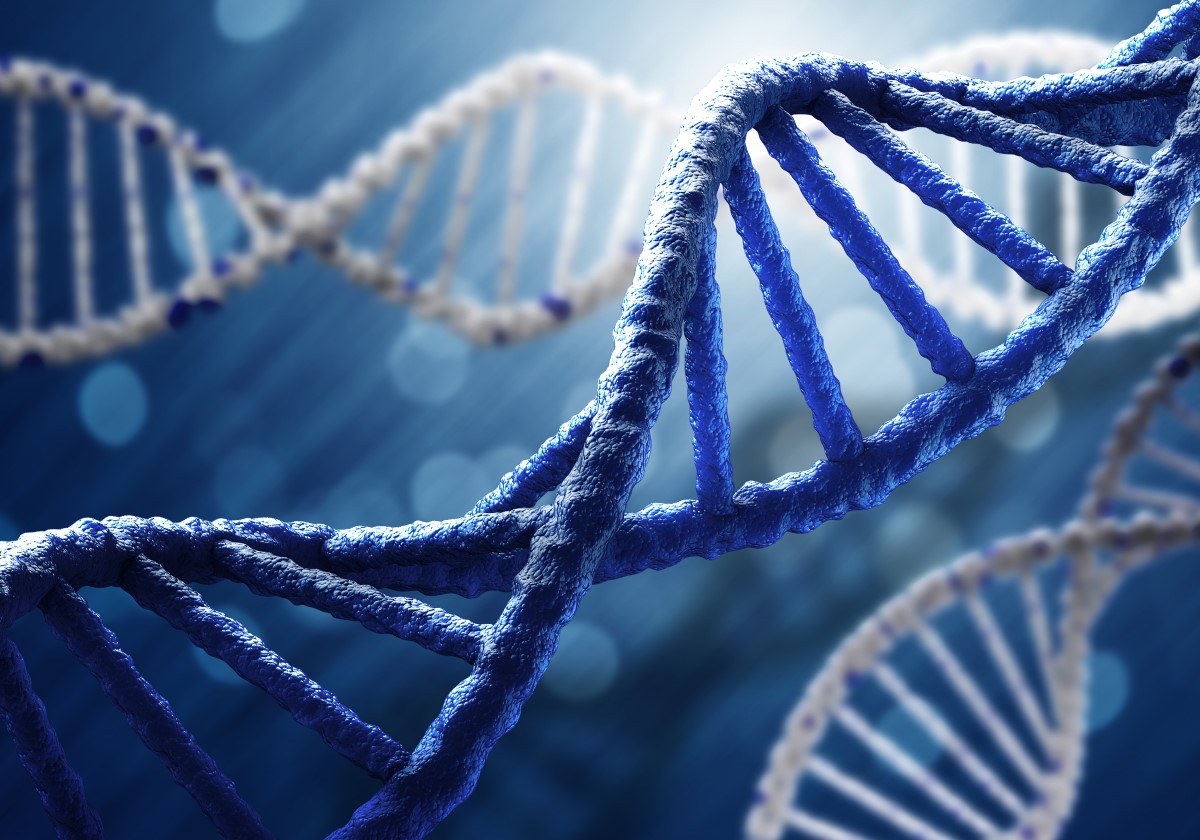
USC Dornsife study reveals how protein droplets help cells master difficult DNA repair
On Jun. 5, 2025, research from University of Southern California, Dornsife (USC Dornsife) scientists reveals how cells fix dangerous DNA damage in hard-to-repair areas of the genome — a process that, when it goes wrong, can lead to cancer and other life-threating diseases.
The researchers discovered that a protein called Nup98 helps coordinate DNA repair by moving broken genetic material out of densely packed regions where fixing it is more prone to errors. Nup98 forms liquid droplets around the damaged DNA, creating a protected space that keeps out the wrong repair tools and helps prevent harmful genetic mistakes.
Although the researchers studied cells of fruit flies, the insights gained can help explain how similar DNA repair mechanisms work in humans. Many DNA repair mechanisms in fruit flies are shared across species, making them a powerful model for understanding genome stability.
The Nup98 discovery could have real-world impact, especially for diseases like acute myeloid leukemia, where mutations in Nup98 are known to play a role. By elucidating how Nup98 guides DNA repair, scientists hope to uncover why its mutations are so dangerous — and how to harness the mutations to disrupt cancer cells in targeted treatments.
The team also sees long-term potential for therapies that could enhance or mimic Nup98’s protective functions, reducing the risk of genome instability, which is a major factor not only in cancer, but also in aging and other genome instability disorders.
Tags:
Source: University of Southern California, Dornsife
Credit:
